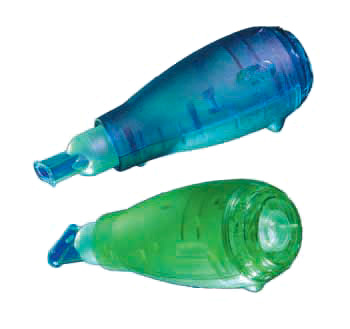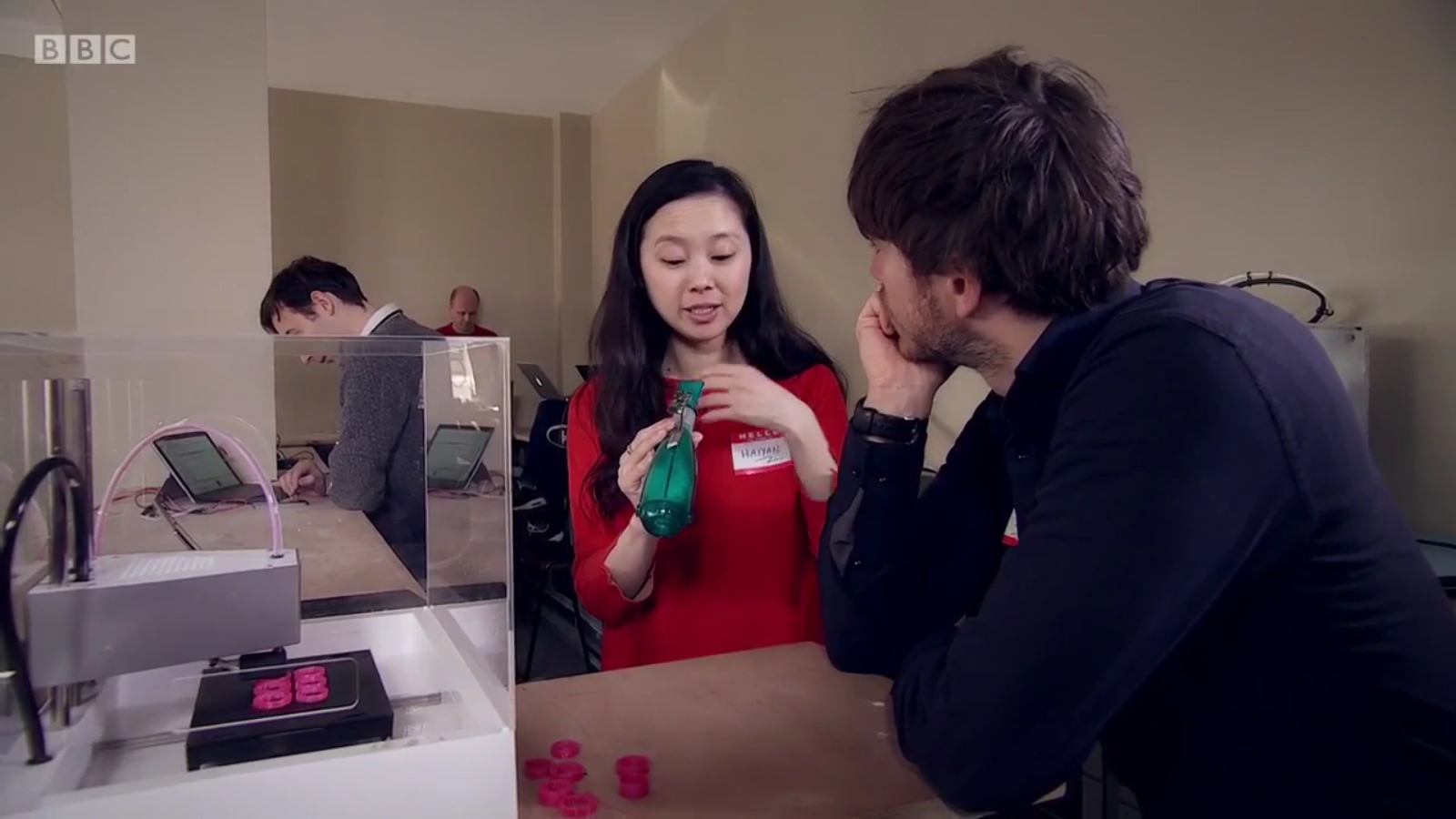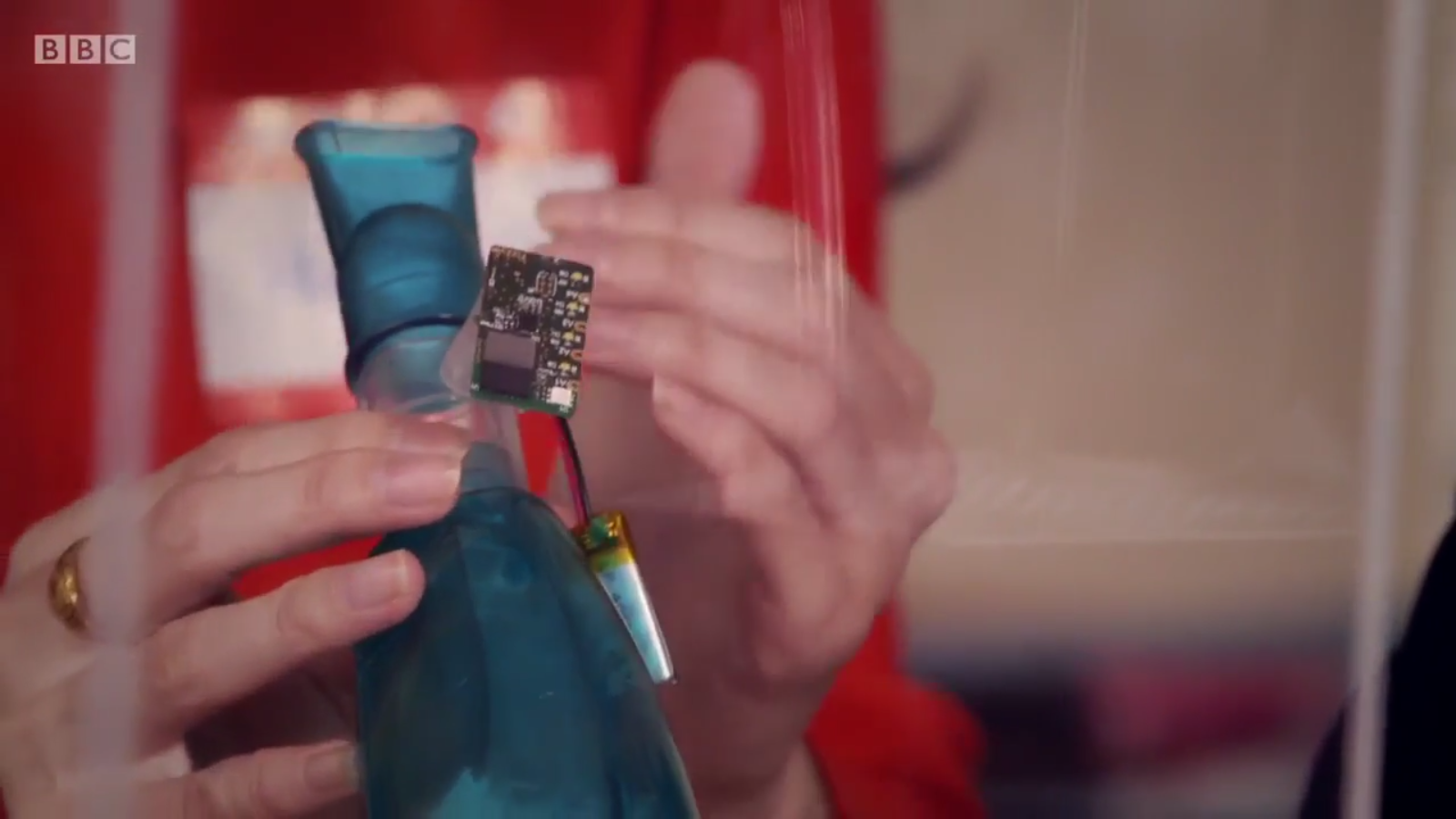Physiotherapists at University College London (UCL) are working with Microsoft to develop a 3D printed game that will help those with cystic fibrosis (CF).
Known as the ‘Fizzyo’ project, the aim was to encourage use of airway clearance devices in young people by creating a custom 3D printed piece that can be used to control video games.

What is cystic fibrosis?
CF is a genetic condition that affects the movement of salt and water in the body leading to breathing problems as a result of buildup of thick, sticky mucus. To help remove the mucus, CF sufferers use airway clearance devices. By performing breathing exercises this can help free up the built up mucus.

Fizzyo project
Haiyan Zhang, innovation director at Microsoft Research, worked with UCL physiotherapists to develop a game for young people with CF and spoke at an event in London recently about the project. Zhang began the project by, “creating a sensor which attaches to a traditional physiotherapy device and turns the children’s breath into controls for a video game.”
It’s a sensor that uses existing equipment and allows you to play video games in the day-to-day treatment. From a prototype, we were able to turn this into self-contained devices that the kids can use day in day out with their treatment.
Haiyan Zhang’s project was featured in a recent BBC documentary ‘Big Life Fix’, which showed how she enlisted a hackathon to develop the gaming application. During the event, 3D printers were used to develop hardware for the devices in addition to the software games.
3D printing has proven itself as a viable technology for manufacturing customized medical devices, particularly in the developing world regions such as Africa.

Not just games
To create the device, Microsoft’s Haiyan Zhang reached out to leading cystic fibrosis physiotherapists at UCL, such as Professor Eleanor Main. Importantly for them, the device can also collect data on CF sufferers which can be used to track progress and better understand the condition. Professor Main was encouraged by the invention citing it as, “the most interesting thing that’s happened in airway clearance for a long time.” The device was able to connect to an iPad and control a video game and also a physical car racing game with encouraging first impressions from its CF users.
Currently, students at UCL are developing firmware for the chip and Main says,
If all of that is working perfectly, then the attachments will be 3D printed, and then we will mould and manufacture 100 of these devices,
3D Printing Industry visited UCL recently to see how researchers are using 3D printing to create specialized drugs with an FDM 3D printer.
To stay updated with all the latest 3D printing news, subscribe to the most widely read newsletter in the 3D printing industry, follow us on twitter and like us on Facebook.
Featured image shows Morgan and Aiden Coxhead using the prototype chip. Photo via Chartered Society of Physiotherapy.



